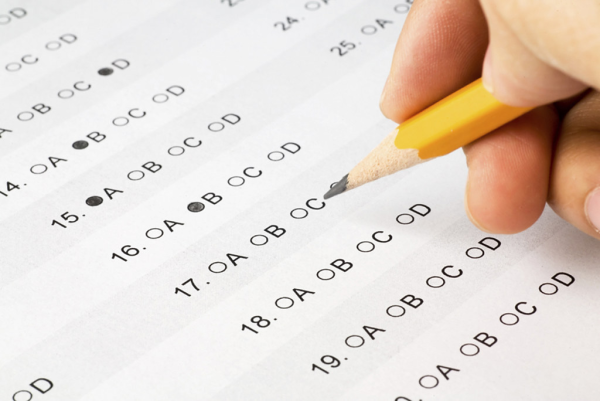Spring Cleaning- A Health Hazard?
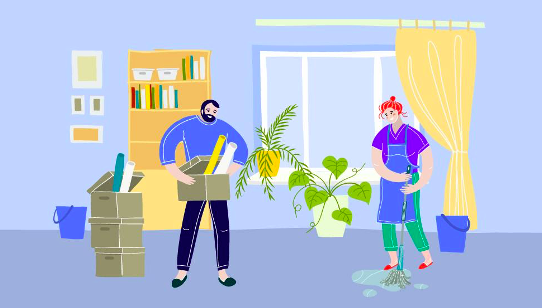
Spring cleaning time is here! It is time to get rid of household clutter that accumulated over the past year. Before you pick up that cleanser spray- beware! Household cleaning products can create as much indoor pollution as a busy road with 28,000 visiting vehicles per day.
Learning more about the ingredients in your household cleaning products to help protect you and your family. Although COVID-19 is becoming less of a concern, it is important to keep your surroundings free from harmful pollution and bacteria.
Credit: EschoolToday Common Indoor Pollutants
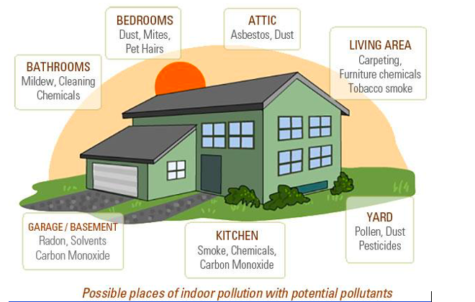
Indoor Pollution
Monoterpenes are chemicals that cleaning products use to give their product citrus or pine fragrances. This chemical evaporates into the air easily because they are such tiny particles. However, when they encounter unstable molecules, they produce pollution called: secondary organic aerosols. SOAs from cleaning products are the same when emitted from vehicles.
If you would like to watch a video of how this works click here.
Limones are another common chemical used in cleaning products to polish, de-grease surfaces and add a lemon scent. When it-and monoterpenes- reacts with ozone, it becomes peroxides, alcohols, and other molecules that grow into airborne particles. These small particles are the ones that penetrate and irritate your lungs and can lead to health problems.
According to Colleen Rosales at Indiana University, “The smaller the particles are, the deeper they go into the lung [and] smaller particles cause serious respiratory problems, such as inflammation. They can also introduce chemicals into the bloodstream.”
During her experiment Colleen Rosales found that 1.5 hours of mopping
equates to the same level of pollutants as spending 1.5 to 6 hours on a busy road.
To lower the level of harmful pollution in the air, opening the windows may not be the best option because it could let in more pollution, and it is not powerful enough to lower harmful SOA levels. Over time the ozone levels will level off on its own, it just takes time. Once the particles fall to the ground, they are harmless.
Brandon Boor, a civil engineer at Purdue University recommends cleaning in the morning or evening when ozone levels are lowest.
What are the side effects from indoor pollution?
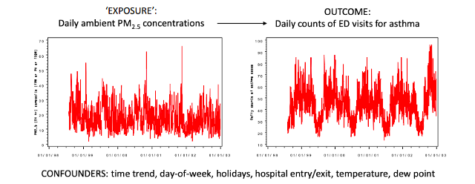
According to one study done by Emory University, indoor pollution can
affect your respiratory, central nervous, reproductive and cardiovascular systems. Some respiratory problems connected to pollution are coughing, wheezing and reduced lung function.
Indoor pollutants can also result in low birth weights and preterm
births in pregnant women. Furthermore, it can lead to systemic inflammation and other adverse side effects.
- Many people can relate to having a headache or reaction to strong cleaning products.
Who is Vulnerable to Air Pollution?
Those with pre-existing health conditions are especially vulnerable to indoor pollution since they are spending most of their time at home. Children are the most sensitive to air pollution because, since they are still developing, they cannot easily process toxins. This is especially true of children with asthma.
Children also play, eat, and breathe closer to the ground, which is where most of the toxins start off. Children are also more likely to bring things they come in contact within their mouth. Constant poor indoor air quality can lead to asthma in adults and children. This can affect a child’s time at school and their schoolwork.
What cleaning products to avoid?
Those who want to avoid indoor air pollution should use products that do not have pine or citrus chemical fragrances and should avoid products that include monoterpenes.
Recommended Product Substitutes:
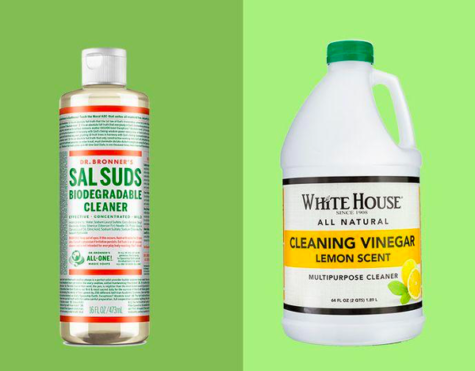
Sources:
https://www.simplyquinoa.com/the-best-non-toxic-cleaning-products-in-every-category/
https://www.science.org/content/article/mopping-can-create-air-pollution-rivals-city-streets
https://www.lung.org/clean-air/at-home/indoor-air-pollutants/cleaning-supplies-household-chem
https://ww2.arb.ca.gov/resources/fact-sheets/cleaning-products-indoor-air-quality














































